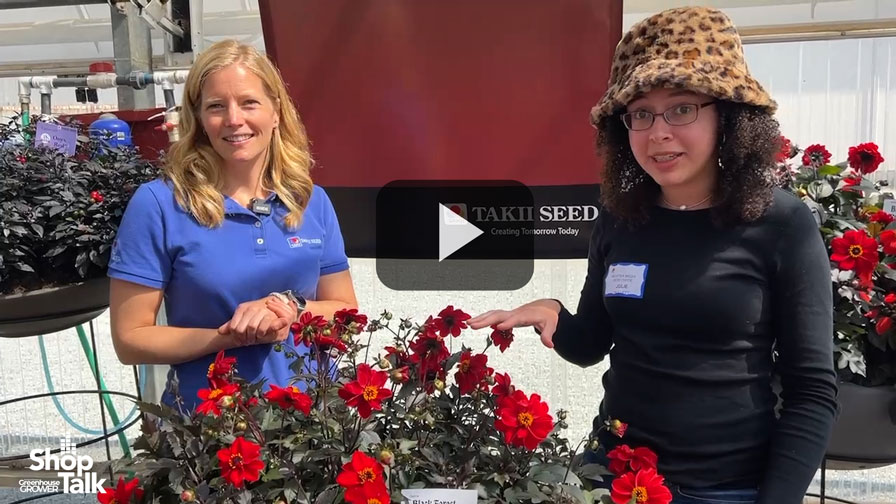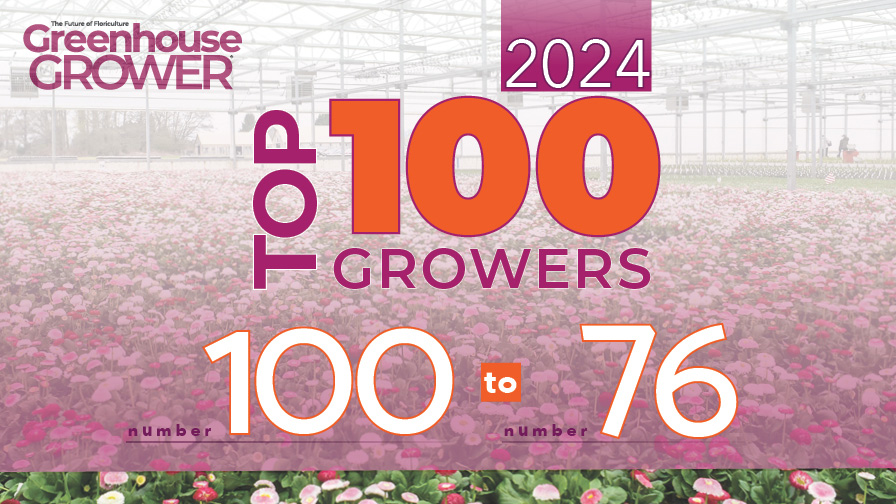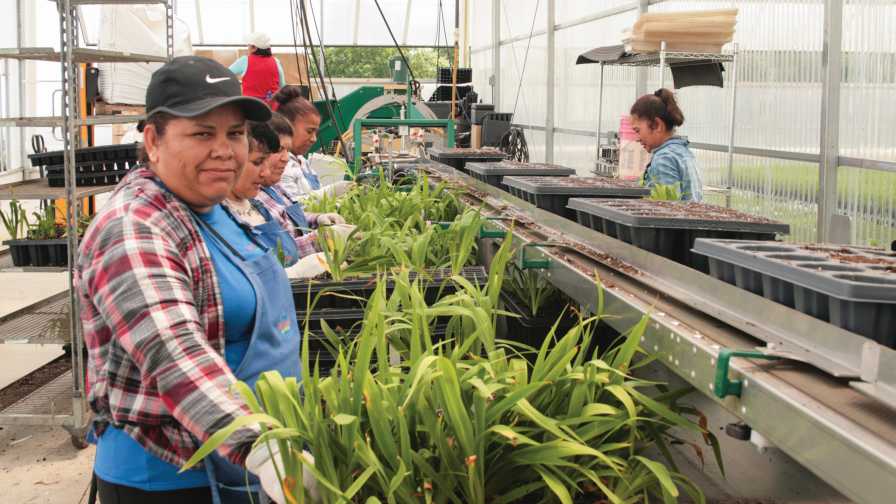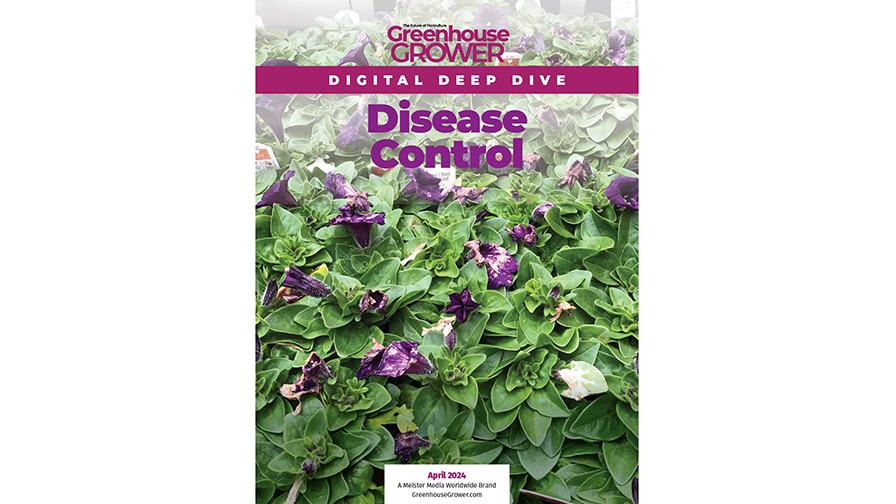How Suppliers Are Helping Growers Improve Shipping Efficiency
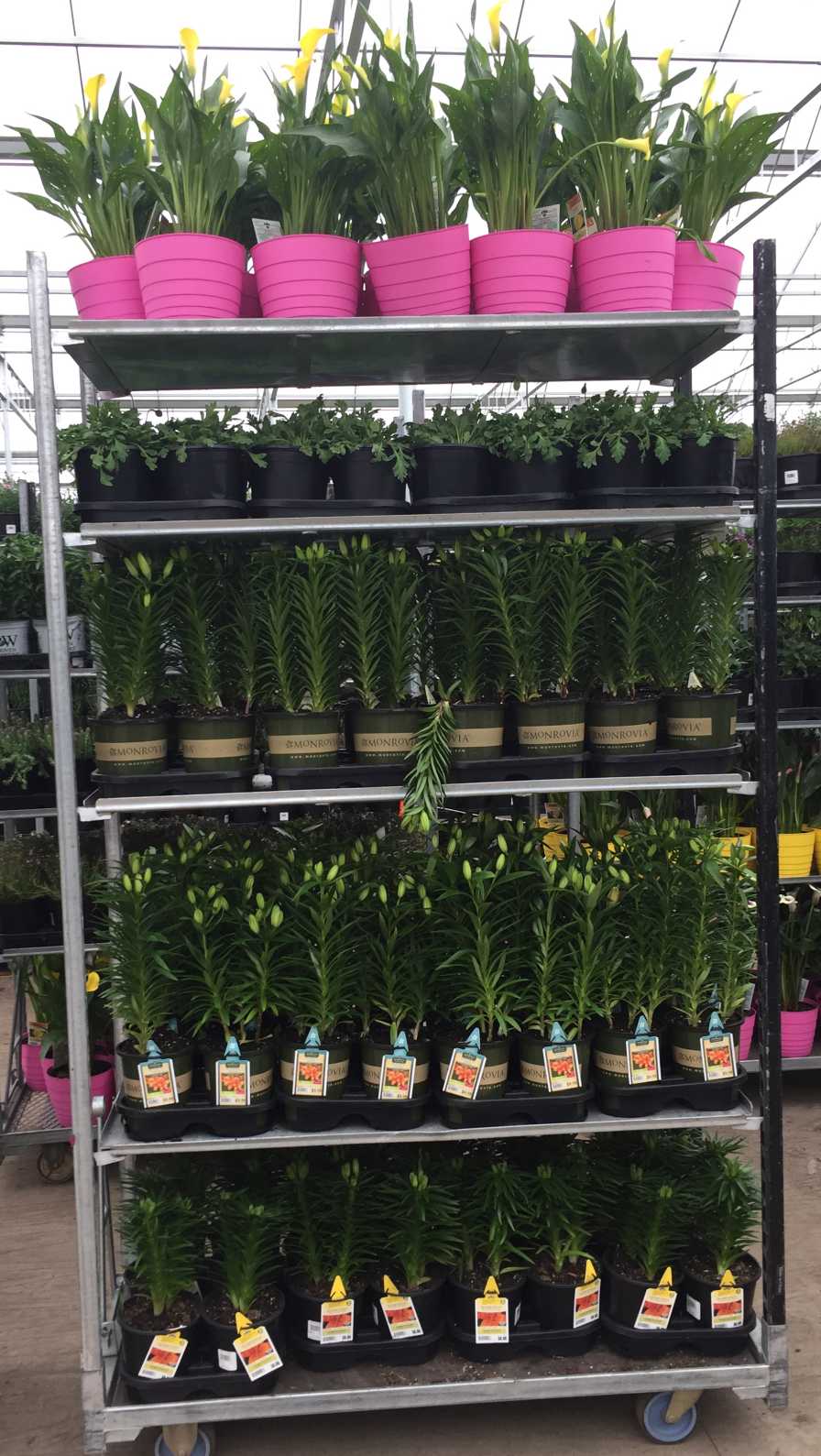
FlowVision’s RIO software prints out a rack sheet that takes the orders and sorts them based on a patented algorithm that looks at plant height and other characteristics. This optimizes loading based on the specific requirements of the order. Photo: FlowVision
It is more important than ever today for growers to process orders quickly and efficiently. Part of this involves giving your loading crew the technical capabilities to manage orders effectively.
Greenhouse Grower reached out to two companies that specialize in load and shipping management and asked them about how they help growers improve this process.
Software Helps With Loading Efficiency
Gary Cortes, a partner in FlowVision, which specializes in Lean Flow, says the company offers a concept called dock shipping supermarket.
“We split greenhouse facilities into zones and do zone pulling, in which workers focus on specific zones in a greenhouse,” Cortes says. “They work in one primary zone, and if it’s slow in one zone, they can flex to another to help someone else.”
During a busy loading time, FlowVision offers a Master pulling, which consolidates multiple orders.
“If a customer ships 20 trucks in a day, we split the day into ten trucks in the morning and 10 in afternoon,” Cortes says. “What we pull in the morning gets shipped out in the afternoon, and what we pull in the afternoon gets shipped out the following morning.”
By doing that, Cortes says it’s more efficient than pulling by order.
“A good example is if we have an item that’s on ten orders,” Cortes says. “If we pull by item, we have to go to that location ten times. If those orders are in the first master pull, I only have to go there once.”
Once the order is pulled, FlowVison’s Rack Item Optimizer (RIO) software tells the person loading the truck how it needs to be loadedand where it needs to go for delivery.
RIO prints out a rack sheet that takes the orders and sorts them based on a patented algorithm that looks at plant height and other characteristics. This optimizes loading based on the specific requirements of the order.
“The rack sheet improves efficiency on the loading dock and increases payload on the truck,” Cortes says.
Moving forward, Cortes says his company is looking at connectivity and how to better communicate with other software programs.
“We want to be able to give employees a tablet and, as they pull product, they can note if they are short,” Cortes says. “The sales team can also compare that to available inventory and sub out orders quickly if necessary.”
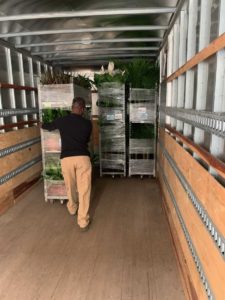
Container Centralen offers a consolidation service that has helped convert floor loads, decked loads, and boxed loads over to racks. This reduces the costs for transportation, as drivers are not having to load/unload trucks.
Reduced Headaches in Transportation
A.J. Lambert, Director of Sales and Account Management at Container Centralen (CC), says his company helps growers work through a number of issues related to logistics in preparing orders for shipment.
General transportation costs and speed to market/replenishment: CC offers a crossdock service that gives growers the ability to use CC racks shipped to a depot network to perform final mile delivery. According to Lambert, this leads to increased speed to market as well as reduced costs on linehaul runs, as drivers are now delivering dock to dock versus multi stop runs.
“We also have a replenishment model that allows for same-day or next-day deliveries of faster moving SKUs. The typical improvement in speed to market is two to three days using the replenishment model.
Tracking and identifying where losses occur: CC offers growers access to the same tracking system that CC uses to track its racks. Then, using CC’s Customer portal (CC Insight 2.0), growers are given access to a multitude of reports that allow for tracking of racks that were scanned to retail stores. Using this system, Lambert says CC has a loss rate of around 1.3% for all scanned shipments. In addition to reports, CC also give growers access to a mobile app that can be used to help with rack tracking.
Merchandising within garden centers: CC uses a standard rack with wheels, which allows employees to move racks around the garden center to help increase sales. CC also has customers that use printed marketing material on racks that turn the rack into a point-of-sale display.
CC offers a consolidation service that has helped convert floor loads, decked loads, and boxed loads over to racks. According to Lambert, this reduces the costs for transportation, as drivers are not having to load/unload trucks. It also cuts down on labor as pushing a rack on/off a truck is significantly easier and faster than the aforementioned methods.
Lambert notes that CC currently runs this service for five growers in the Central Florida market and has expanded to South Florida.
“As we increase in customer count, we increased in total SKUs and had to continually update our conversation tables on how many plants would fit on each shelf,” Lambert says.
To help automate this conversion process, CC recently invested in FlowVision’s RIO program.
“The RIO program allows us to increase rack cube as well as trailer cube, helping to increase pay loads for growers participating in the service,” Lambert says.
With the new software in place, CC is planning for expansion in other markets in the coming year, as the service has formalized processes that can be implemented within a few weeks at a new location.




